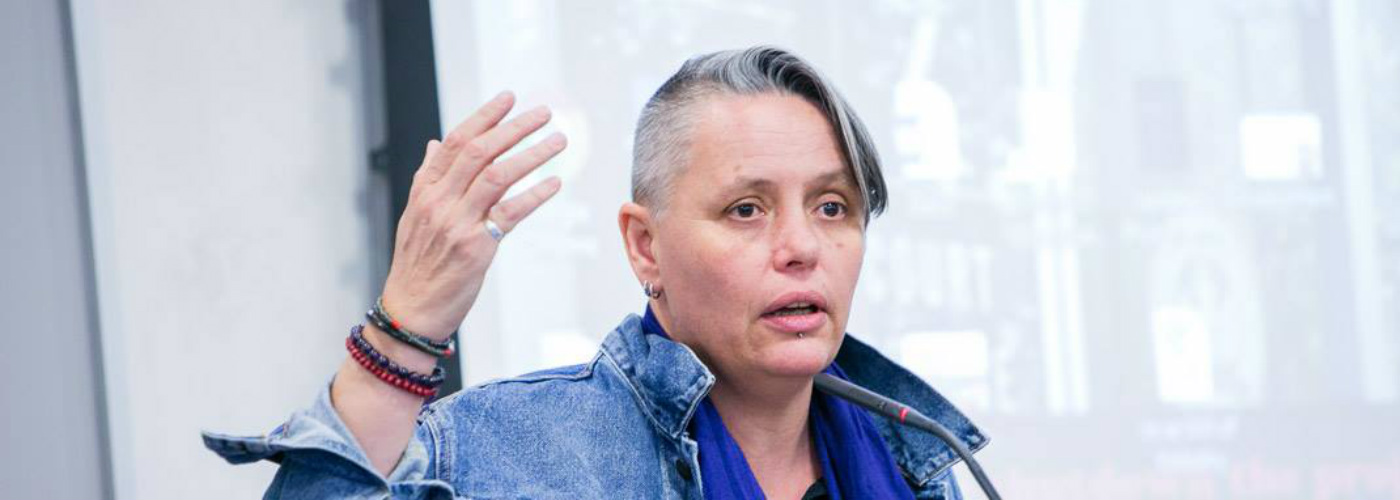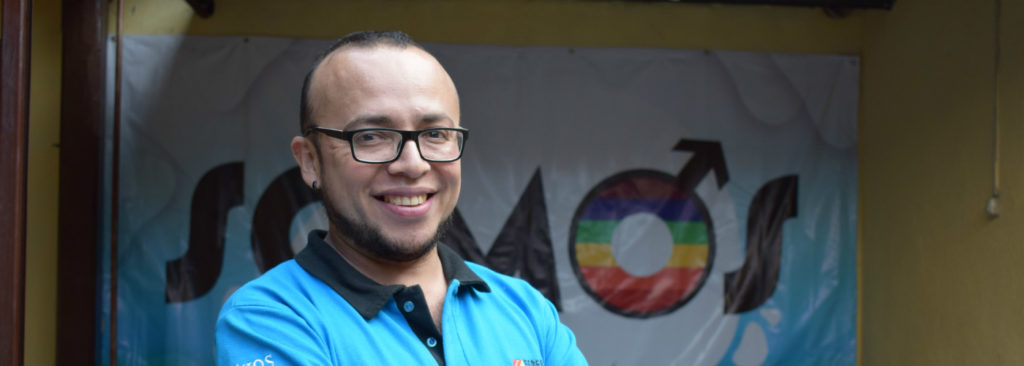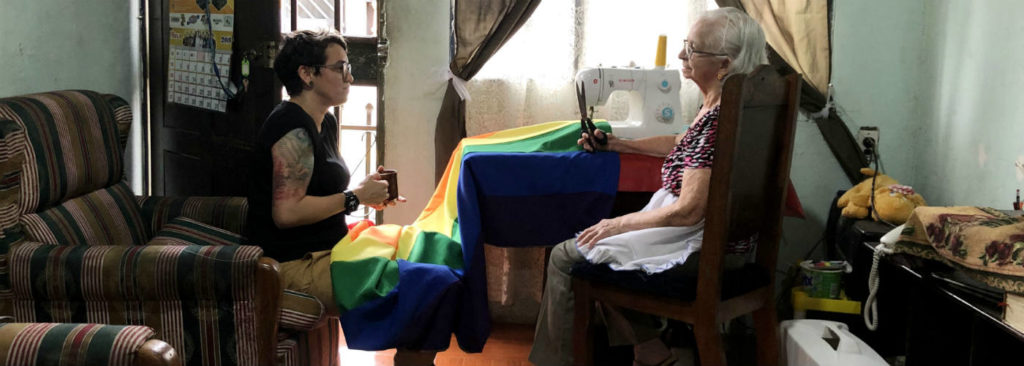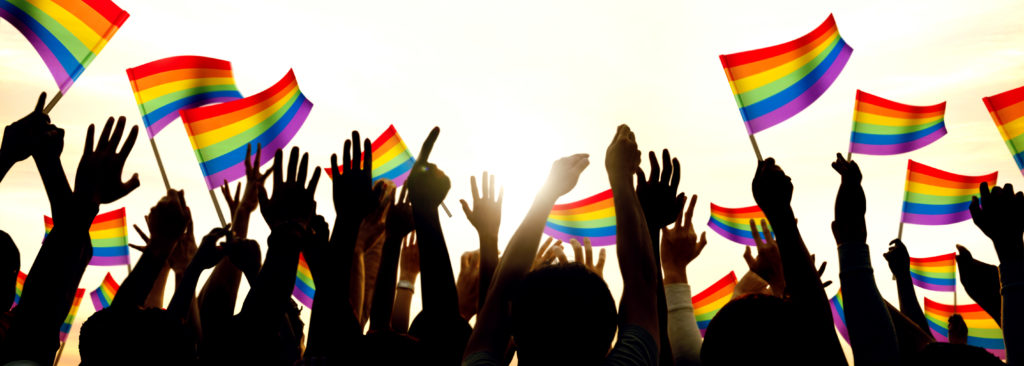Sexual diversity and faith are quite frequently at odds with each other. Religion is often used as a justification for discrimination and exclusion. There are religious leaders all over the world who incite hatred and violence against LGBT people, bringing many LGBT people to view faith as an enemy. But our partner Global Interfaith Network (GIN) shows that things can be different. In a special project made possible by Hivos donors, GIN identifies successful methods that can bring the two closer together.
Toni Kruger-Ayebazibwe from South Africa is at the helm of Global Interfaith Network, a global LGBT network of hundreds of people and organizations of different religions. She herself grew up as an atheist. “That was a bit of a shocker in the 80s in Africa. I became of person of faith later, as a lesbian person in my late twenties. For me, religion was a source of freedom. I think for many people this would be counterintuitive. But that’s what it is for me and that’s what drives me,” she explains.
But Toni’s positive experience is not a matter of course. Often there is little or no room for diversity within religions. In the Netherlands, for example, this became painfully clear in 2018 when supporters of several churches signed and distributed the Nashville declaration. The document, authored by the Council on Biblical Manhood and Womanhood (CBMW) in Nashville, Tennessee, rejects LGBT sexuality and same-sex marriage, among others. It was signed by tens of thousands of Christians in the United States, the Netherlands, and other countries.
In non-Western countries where GIN is active, and where faith has an even more prominent place in society, this opposition is even greater.
Starting the conversation
GIN and Hivos are working together to bring LGBT people and religious leaders closer together. In this way, we hope to eliminate hatred, exclusion and discrimination. But how do you make people on opposite sides of a thorny issue move towards each other? According to Toni, one of the most successful strategies is to seek out dialogue. “That is different from a debate, which you see a lot in the media for example. In such a debate, a voice is often given to two extremes and that can encourage polarization. The consequence is that people end up even further apart.”
Toni wants to achieve the opposite. “Entering into dialogue and really listening to the other is not an easy process. What we ultimately want is for two different sides to talk to each other and come to a shared understanding. For that to happen we work with people who have experience in this, who know how to open and maintain a dialogue.”
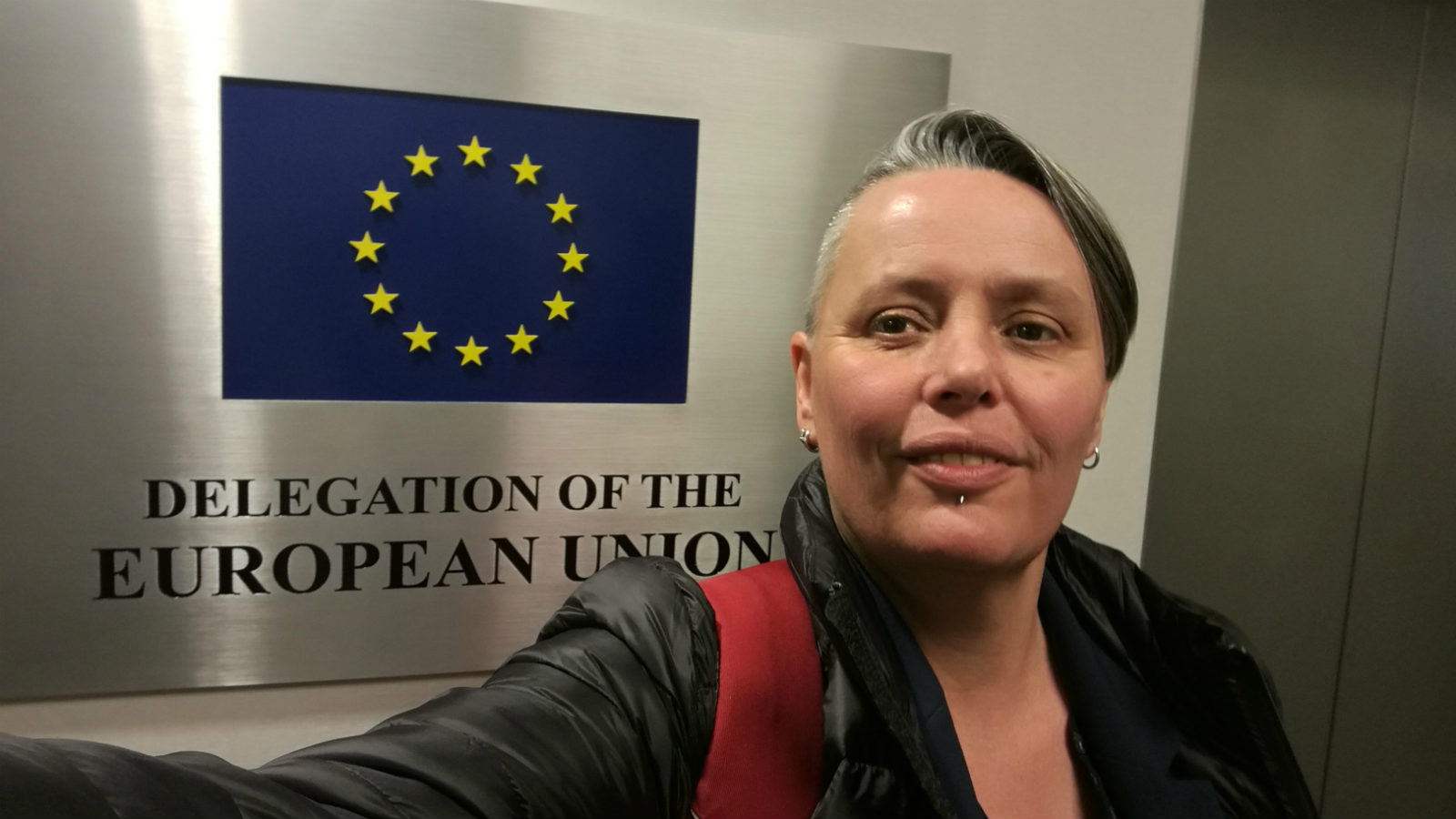
Seven leaders, seven methods
The Global Interfaith Network has now found seven willing religious leaders who have each shared their best practices in LGBT dialogue and inclusion. A Buddhist in South Korea, an imam from Algeria living in France, a religious LGBT activist from Kenya, a person from Southeast Asia who works with religious Muslim leaders, another anonymous person who works with the World Council of Churches, an orthodox priest from India, and a Creole theologian and priest of the Old Catholic church from Latin America.
He asked us for forgiveness and said he was grateful for the experience.
“They each have their own background and their own strong and inspiring method,” Toni explains. “For example, the Algerian imam said that he likes to share a meal with someone when he enters into a dialogue, because that shows the humanity of both parties. And that is the common denominator of all methods: it is about shared humanity. In the end we are all people.”
The story of a priest
A lovely story about a priest from Lesotho shows that this method works. “Before he entered into a dialogue with us, he had never consciously met anyone from the LGBT community. On the last day, he told us that he realized that what he had learned in the more than forty years of his priesthood was harmful to LGBT people and excluded them. He asked us for forgiveness and said he was grateful for the experience because it had moved him to question his assumptions. And although it would take time for his new insights and concepts to sink in, he was determined to get started. ”
Allies
Toni tells us that the seven people involved in this project are not all members of the LGBT community. “Some were even anti-LGBT in the past and are now allies. It is very important to hear what process they have gone through and how it came about. We can learn so much from that.” The ultimate goal is to develop a toolkit with all these best practices that people around the world can use.
The project must not only contribute to more acceptance and inclusion of LGBT people within different religions, but also beyond. Toni: “Religious leaders often have an influential position in the countries where we work. If they can change their attitude towards LGBTs, public opinion can also change.

